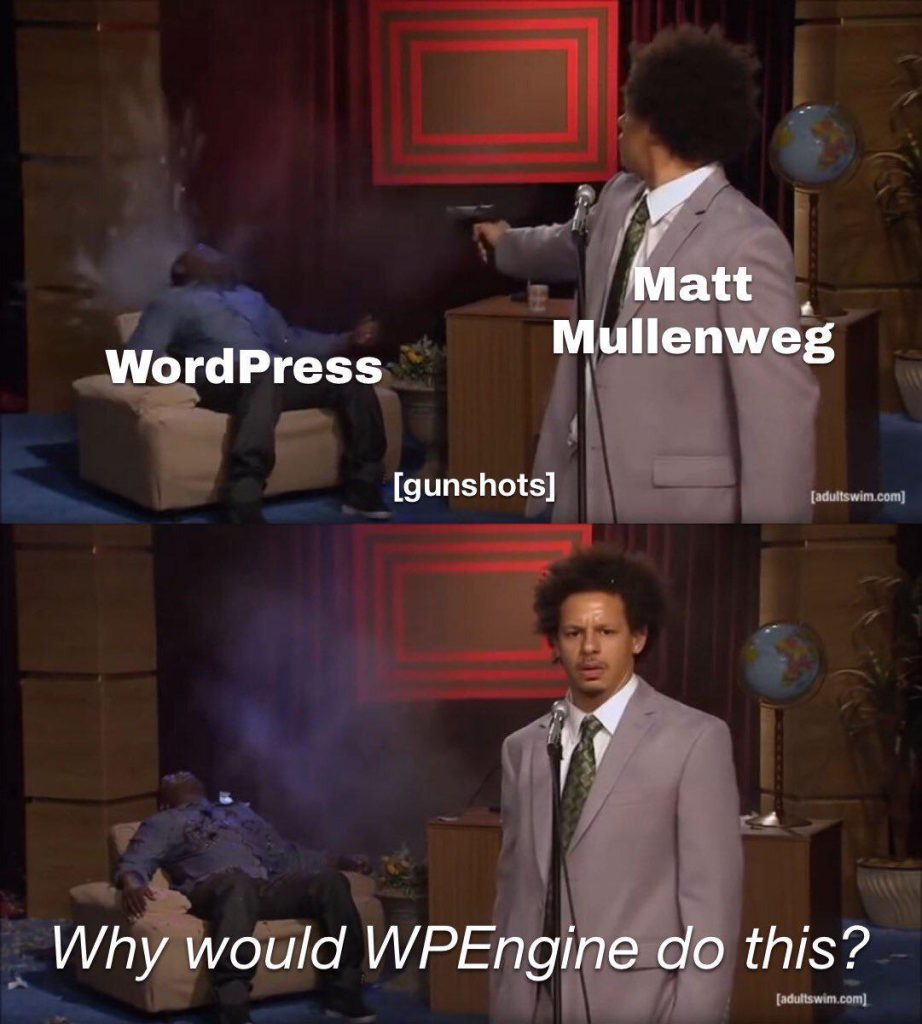Nice meme from Reddit about the ongoing WordPress drama/implosion.

Just another nerd.
Nice meme from Reddit about the ongoing WordPress drama/implosion.

Dance like no one is watching. Encrypt like everyone is.
Iron Studios here with a Batman 85th anniversary statue featuring the iconic look from Detective Comics #27.


ClickThru.News is a well-done news headline aggregation site that covers a broad range of national/world, tech, and entertainment news.
Eight years after the release of Directory Opus 12, GPSoftware recently announced the release of Directory Opus 13.
Directory Opus provides, by far, the best Windows file management experience. Dual panes, multiple tabs, favorites, persistent directory-level configuration options, queued file copying, and much more.
I couldn’t imaging doing serious file management in Windows without it.